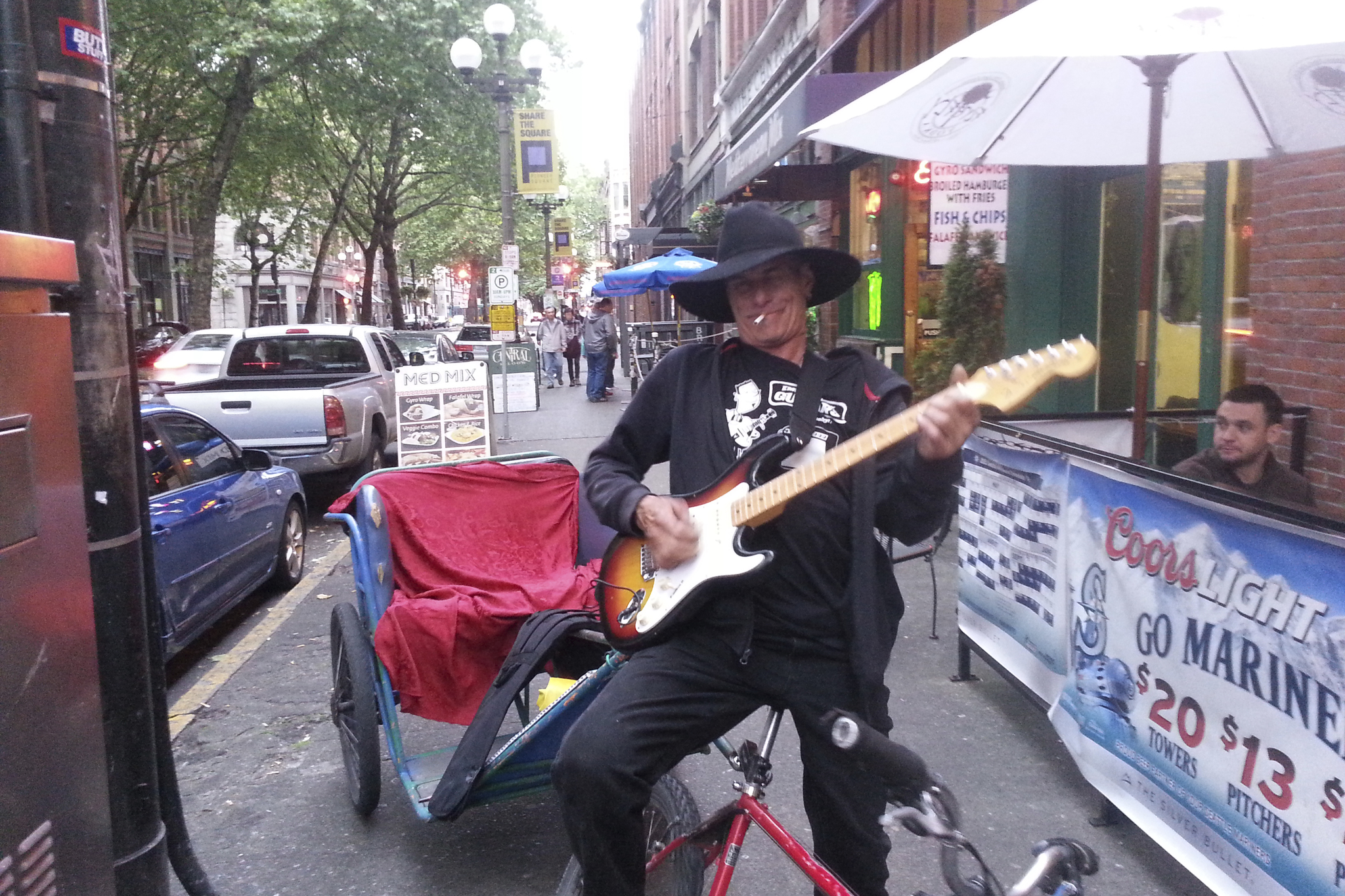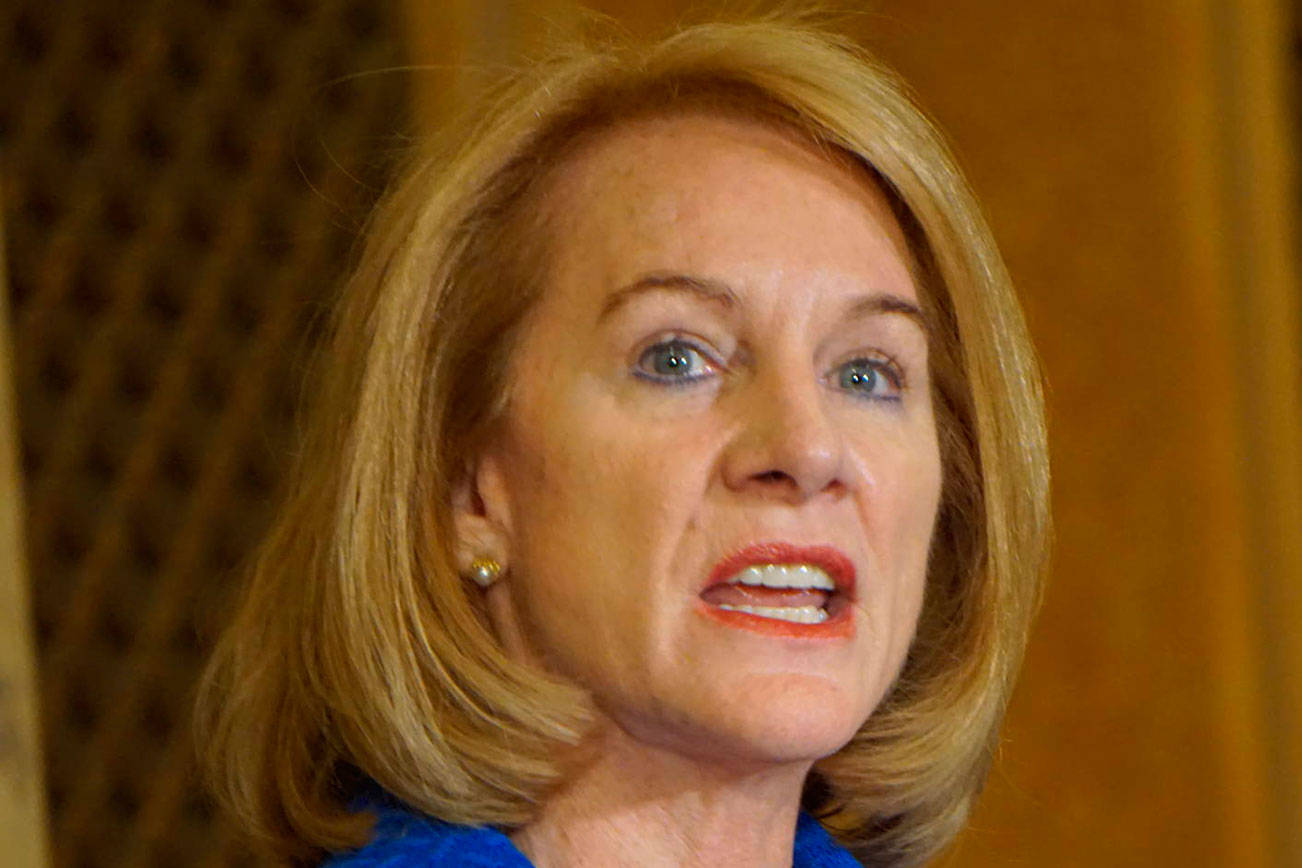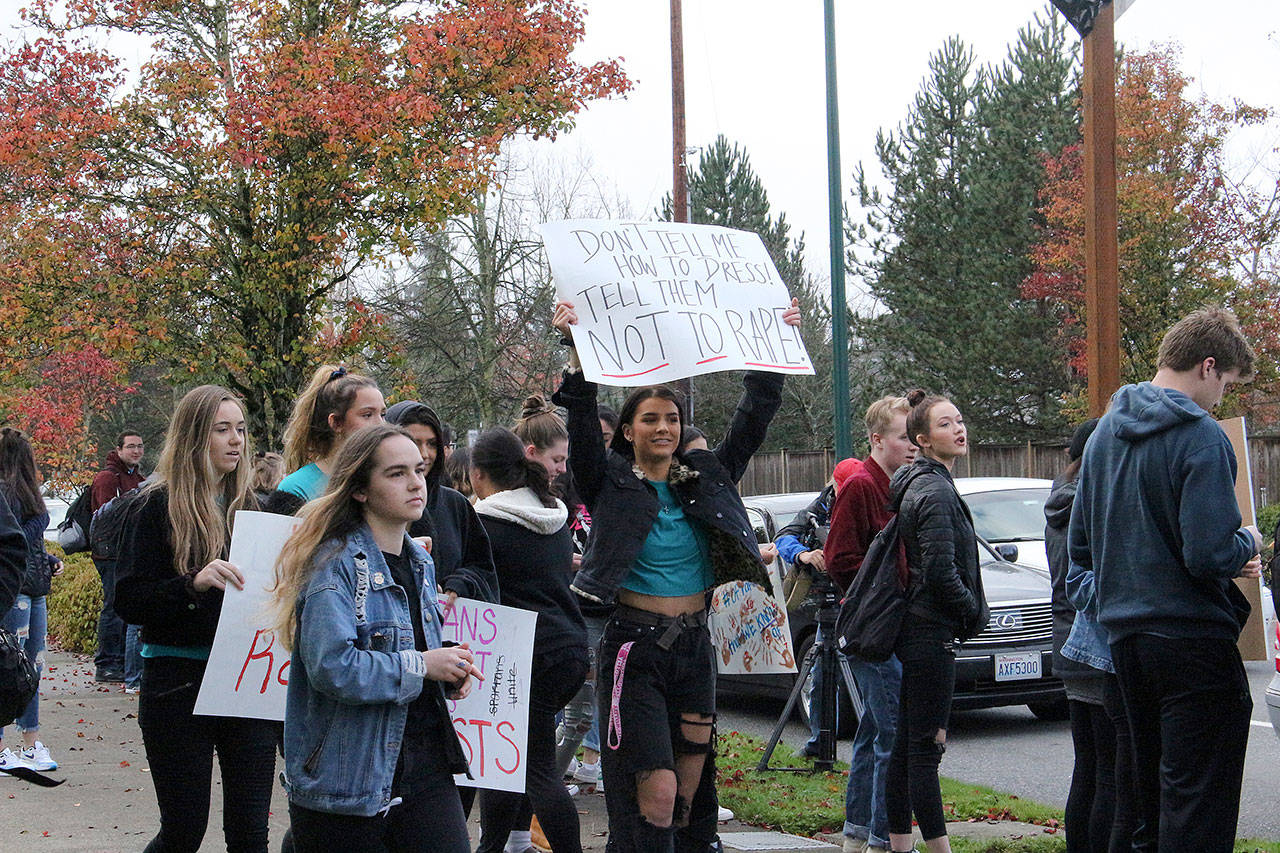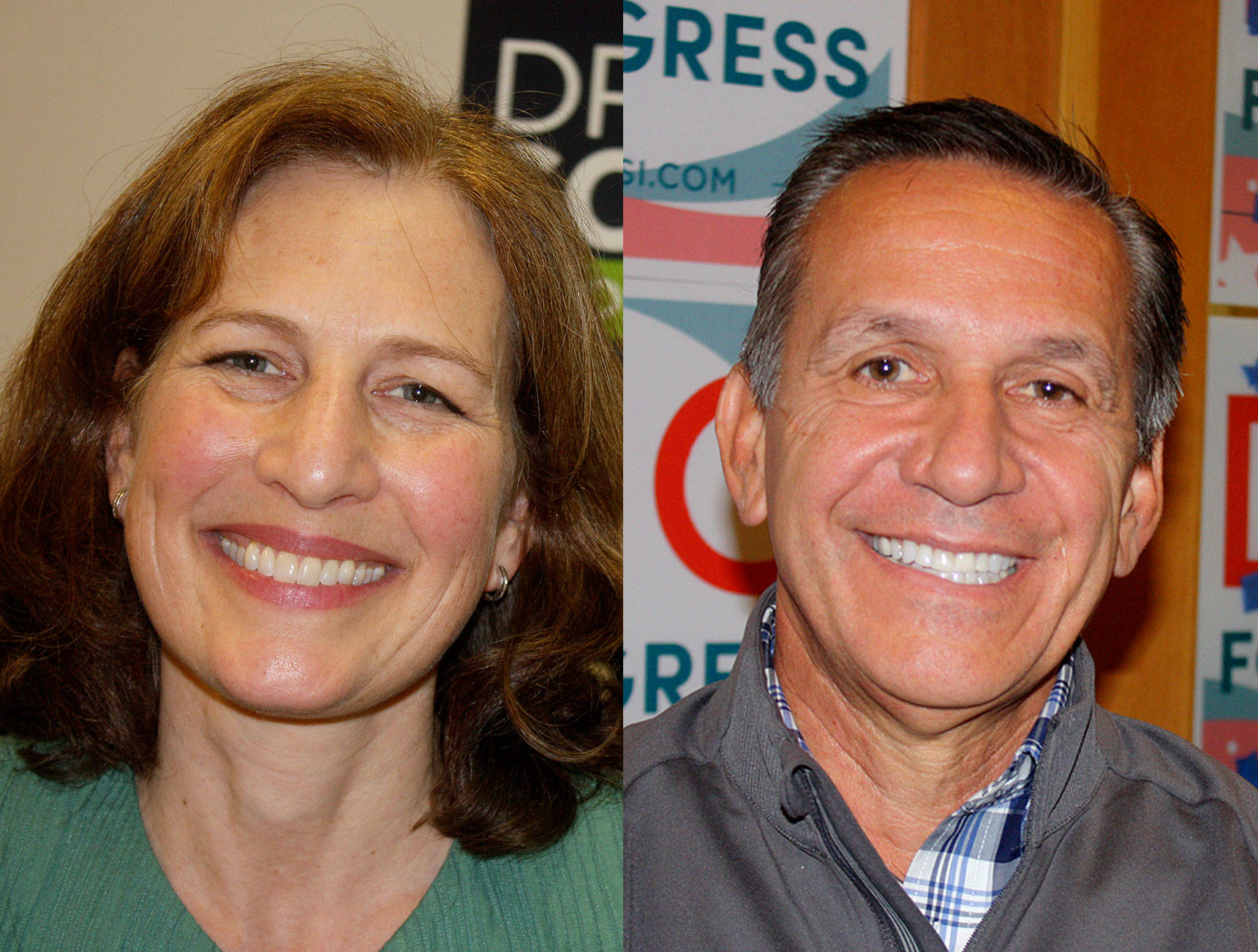Hi, Assphalt: I’ve never taken a pedicab, and neither have any of my friends. But after the Mariners games, there are gobs of them just waiting around for fares. What are the economics here? Is there a company that hires them? Do any of them make any money? Is there any reason I should ever take one?
Actually, one of our staff writers, Casey Jaywork, worked as a pedicab driver, so most of this information comes from him.
To your first question, is there a company that hires them? Answer: Yes, and. Based out of a warehouse near the Starbucks headquarters, Seattle Pedicab is the only company per se running pedicabs in the city. Their business model exists squarely within the gig economy. Workers—ahem, we mean “independent contractors”—pay Seattle Pedicab for the privilege of renting one of their shiny green rigs, then keep whatever’s left over from fares as pay. The cost of renting a pedicab varies based on how much business is expected on a given night. For instance, during a Mariners game the cost could rise as high as triple digits, whereas a Thursday-afternoon rental sets drivers back perhaps $30.
Outside of Seattle Pedicab, most pedicabbers are independent owners and operators. They’re a motley crew, from part-time college students to working parents to homeless folks trying to pay for their next meal. Last year we spoke with independent pedicabber Kevin Shepherd, a cowboy with a face of leather and inflated knuckles, who said he’s known as the “rockin’ ride of Seattle” because he serenades riders while transporting them.
How’s the money, Kevin?
“It’s like throwing dice on a craps table in Las Vegas,” he says. “You could be the smilingest [driver], with the effin’ Vaseline smile … and not make a penny. Then on the other hand, you can be a rude, brash, terrible, nasty … pissed-off individual with a scowl on your face and make all kinds of money.”
In Jaywork’s experience, pedicabbing is like any other service-sector job: 10 percent actual service, 90 percent brown-nosing. The trick to making a profit, as one manager taught him, is to convince riders that they’re going on an adventure together with the driver. That way, they’ll feel obliged to tip well at the end. #CheapPsychologicalTricks
Do pedicabbers make any money? Yes, usually. There are two different mechanisms for payment, tipping and negotiated rate. At Seattle Pedicab, at least when Jaywork was there, there was no set rate. All payment was gratuity, so that theoretically riders could walk away without paying a penny. This sounds sketchy, but in practice it turns out to be a calculated gamble that pressures riders to pay more lest they come off as cheapskates. And the gamble works, usually, because most riders have money to burn (or they wouldn’t be at a ball game or a bar in the first place).
On the very high end of things, Jaywork says, a six-hour shift could result in several hundred dollars, cash, in your pocket. But again, that’s on the high end of a very wide scale.
“Is there ever a reason I should take one?” Yes: congestion. Pedicabs, like bicycles, switch between sidewalk and street, allowing them to move more swiftly than either cars or pedestrians. For instance, on game day a pedicab is a great way to move quickly from tailgating to the stadium.
Assphalt is Seattle Weekly’s new transportation column. Have a question about why your Prius is feeling sad? Write us at assphalt@seattleweekly.com.








